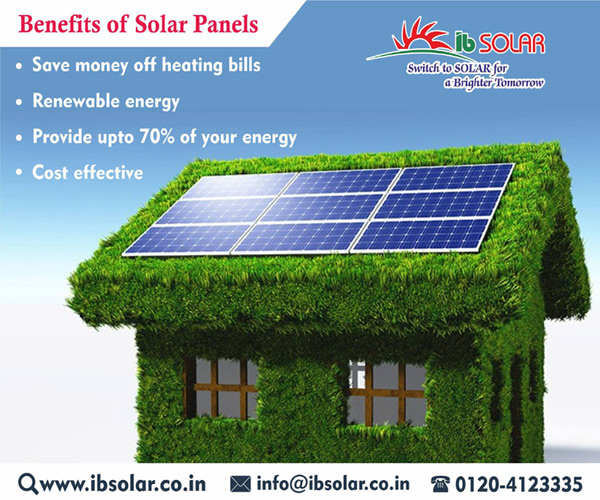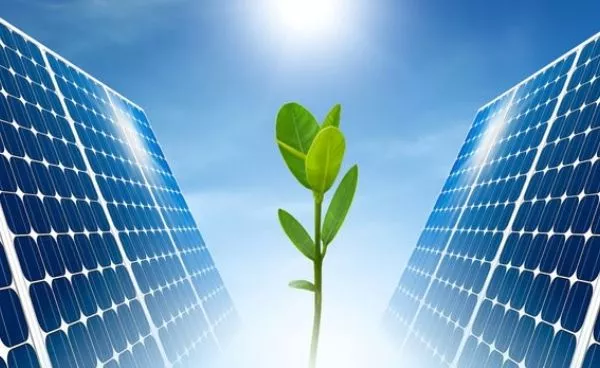Simply Solar Illinois – Top-Quality Solar Panels for All Your Energy Needs
Simply Solar Illinois – Top-Quality Solar Panels for All Your Energy Needs
Blog Article
Solar Power 101: A Novice's Guide to Sustainable Energy Solutions
As the world increasingly moves in the direction of sustainable energy services, recognizing the fundamentals of solar energy ends up being necessary for both people and companies. This overview supplies a comprehensive summary of solar power, outlining the different systems offered and the devices behind their procedure. By exploring the advantages of solar technology, together with the financial motivations and setup procedures, one can gain a more clear point of view on exactly how to efficiently incorporate this renewable energy into their power approach. Nevertheless, the journey towards embracing solar power invites further exam of the challenges and considerations that include it.
Understanding Solar Energy
At its core, recognizing solar energy involves grasping the basic principles of just how sunlight can be converted into functional power. Solar power is derived from the sunlight's radiation, which can be taken advantage of with various modern technologies.

Recognizing solar power likewise entails acknowledging its environmental benefits. By utilizing sunlight, we can reduce greenhouse gas exhausts and minimize air pollution, contributing to a more sustainable future. The developments in technology and performance of solar systems continue to boost their stability, making solar power a progressively attractive alternative for international power requirements.
Sorts Of Solar Power Systems
Different kinds of solar power systems are typically utilized to harness solar power for electrical power generation. The key categories include photovoltaic or pv (PV) systems, concentrating solar energy (CSP) systems, and solar thermal systems.
Solar systems utilize photovoltaic panels composed of silicon cells that convert sunshine directly into electricity. These systems are flexible and can be installed on rooftops, ground mounts, or integrated right into building products.
Focusing Solar energy systems, on the various other hand, use mirrors or lenses to focus sunshine onto a little location, generating warm that drives a vapor turbine to produce electrical energy - Simply Solar Illinois. CSP systems are normally deployed in large-scale power plants and require straight sunshine, making them less suitable for gloomy areas

Each kind of solar power system has its one-of-a-kind attributes, applications, and suitability depending upon geographic place, power requirements, and budget plan, making it vital to assess options based on specific circumstances. - Simply Solar Illinois

Benefits of Solar Power
Taking advantage of solar power with various systems not only offers a sustainable means to create electrical power but additionally offers a plethora of benefits. One of the most considerable advantages is the decrease in greenhouse gas exhausts, adding to a cleaner atmosphere and combating climate modification. Solar power is sustainable, suggesting it is limitless and available as long as the sunlight radiates, unlike nonrenewable fuel sources, which are finite and depleting.
In addition, solar power can cause substantial price savings with time. House owners and companies can minimize their electrical energy costs substantially, and in a lot of cases, they may make debts for excess energy generated through internet metering. In addition, the solar market creates work, from producing to setup, boosting neighborhood economic climates.
One more compelling advantage is energy freedom. By creating their own power, individuals and communities can reduce dependence on exterior energy resources, enhancing resilience versus varying energy costs and supply disruptions. Additionally, solar power systems call for marginal find this upkeep, making them a convenient choice for sustainable energy generation.
Setup Process Introduction
The installment process for solar power systems commonly entails numerous vital actions that make sure effective assimilation right into a home. At first, an extensive website evaluation is performed to evaluate the roofing's positioning, shielding, and architectural stability, which are crucial to enhancing photovoltaic panel performance. Following this evaluation, the find layout phase commences, where a tailored solar power system is configured based upon the homeowner's power requirements and preferences.
Once the design is completed, the essential licenses and approvals are gotten from regional authorities, making sure compliance with regulations. The actual setup entails installing the photovoltaic panels on the roofing system or ground, connecting them to an inverter, and integrating the system with the property's electrical configuration. This phase may also involve installing battery storage systems, depending upon the layout.
With the installation full, the solar power system can start creating eco-friendly energy, adding to sustainability and reducing energy costs. This organized method makes certain that solar systems are both effective and reputable, maximizing their long-term advantages.
Financial Rewards and Savings
Exploring the financial motivations and financial savings connected with solar power systems can substantially boost the appeal of making the switch to renewable resource. Various incentives exist at government, state, and local levels, created to lower the initial expenses associated with solar installation. One of the most remarkable rewards is the federal solar tax credit, which permits homeowners to subtract a percent of their planetary system installment prices from their government taxes. As of 2023, this credit history stands at 30%, giving significant savings.
Along with tax credits, many states use refunds that can better decrease upfront expenses. Some energy firms additionally give performance-based motivations, fulfilling solar power production in time. Financing options, such as solar car loans and leases, allow consumers to set up systems with little to no down payment, making solar power much more accessible.

Additionally, solar systems can enhance building worths, giving a strong return on financial investment. Overall, the combination of incentives and cost savings makes solar energy a financially appealing choice for many households.
Conclusion
In see here now final thought, solar power stands for a crucial component of lasting energy remedies, offering a path toward reduced carbon impacts and enhanced ecological security. Ultimately, the shift to solar energy not just fosters eco-friendly responsibility however also advertises financial cost savings and power self-reliance.
Report this page